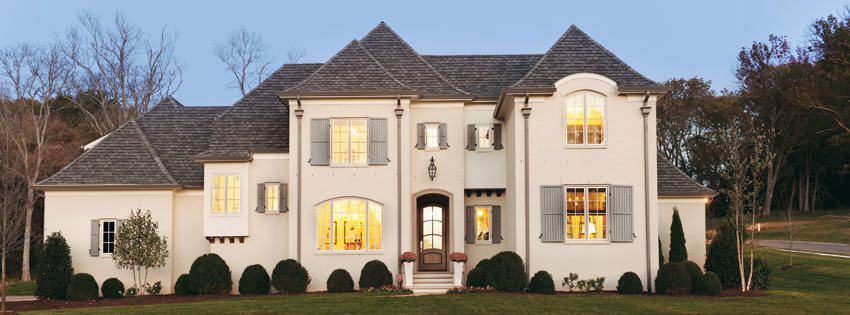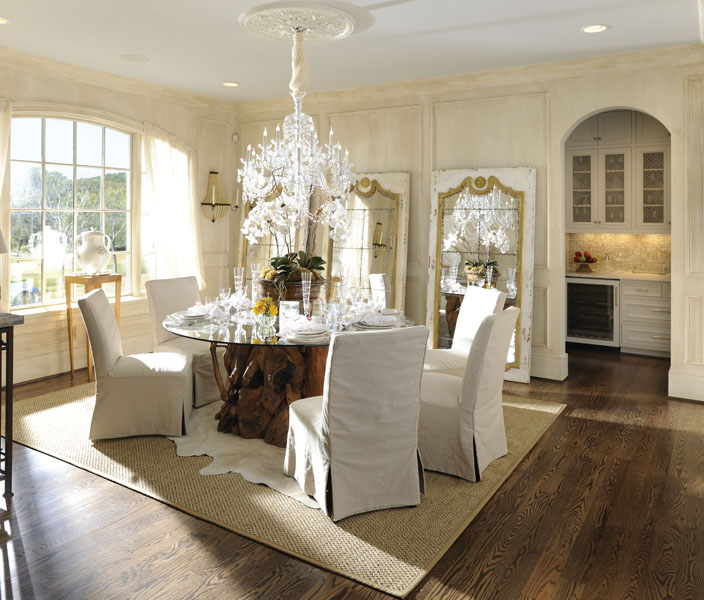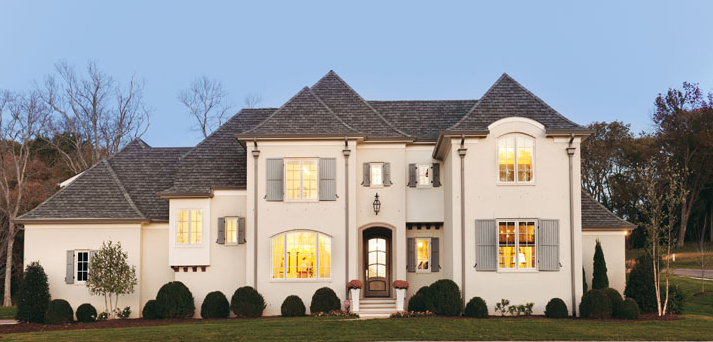Case Study: Why Castle Homes Chooses LP Building Products

Why did Castle Homes choose LP to partner for the Southern Living Showcase Home at Dorset Park? Superior engineered wood floor components that build straight and stable floors.
Read the full case study at LPCorp.com
“We’re a big believer in using an engineered floor system,” said Brett Wright, project manager for Castle Homes. “All of the pieces of LP’s floor system worked together to allow us to create an open floor plan that we know has the structural strength for our needs. The spans and predictable performance of the SolidStart products helped us create a floor plan that meets the desires of today’s clients.”
The components of the LP® Floor System — LP® TopNotch® Sub-Flooring and LP® SolidStart® I-Joists, Rim Board, and LSL — are engineered to work together to help build straight and stable floors that resist twisting and shrinking and are backed by a Lifetime Limited Warranty. (See full warranty details at LPCorp.com)The combination of these engineered wood products results in a systematic floor system that can help reduce callbacks and save time on the job site.

“We’ve been using engineered wood floor systems for over 10 years. It’s the best value for the customer in terms of value and longevity,” Looney said.
“With LP’s engineered wood products, there’s in-house engineering support included in the purchase, making building with these products a fluid process.” LP® SolutionsTM Software is a CAD-based design program offered to LP SolidStart Engineered Wood Products customers. The program includes a variety of tools to help with the creation of engineered wood designs and accurate materials lists.
Castle Homes also included LP® TechShield® Radiant Barrier Sheathing in this project. “TechShield is a key part of the overall efficiency system and performance of the house. It keeps the attic cooler and reduces the load on the HVAC units,” Wright said. Because LP TechShield Radiant Barrier blocks 97 percent of radiant heat in the roof panels from entering the attic, it can reduce attic temperatures by up to 30 degrees, which can lower cooling costs by as much as 17 percent.

